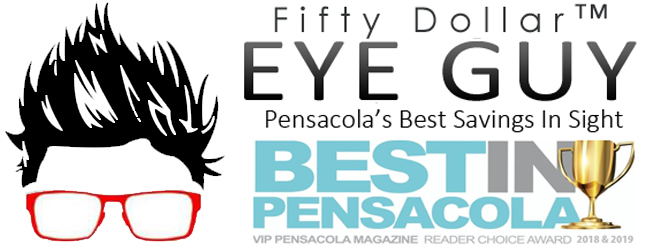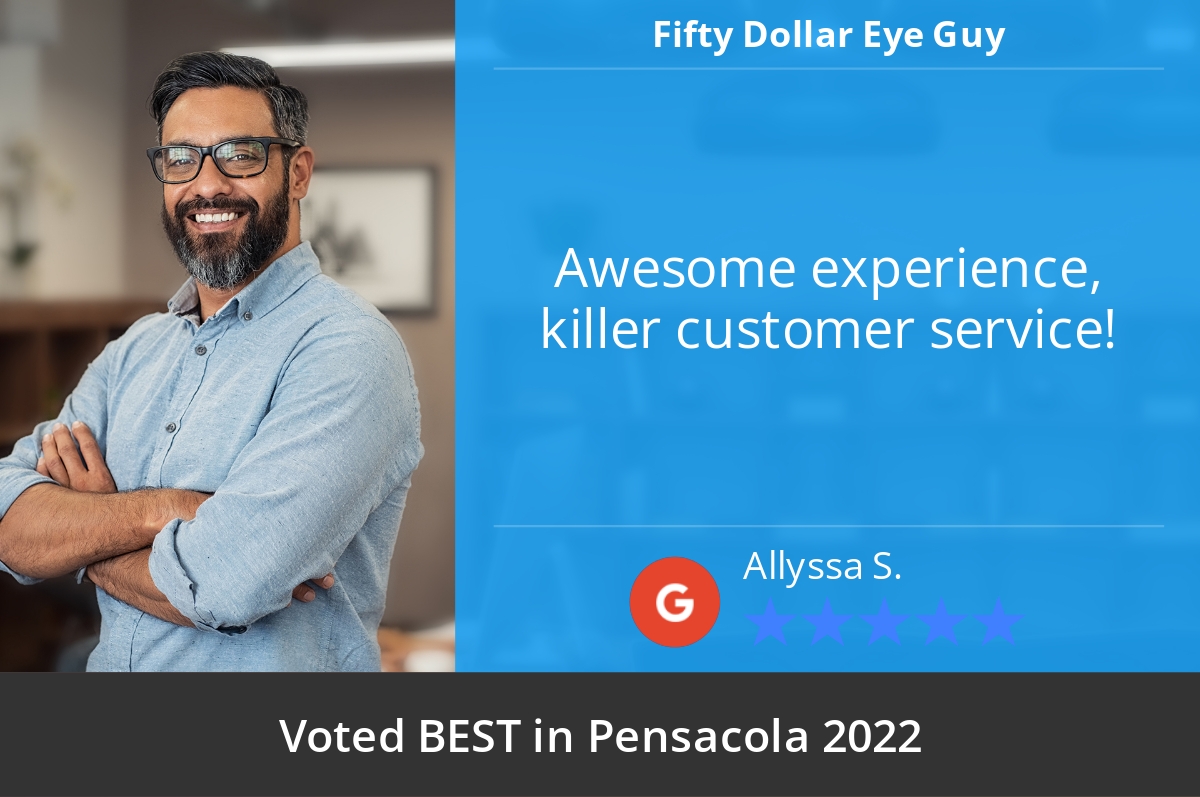Looking for low vision rehabilitation services in Pensacola? Look no further than 50 Dollar Eye Guy! With two convenient locations on N Davis Hwy, you can easily access the friendly and professional expertise of Doctors Grace and Joseph Tegenkamp, along with Dr. Jeanine Spoors. At 50 Dollar Eye Guy, their commitment is to provide exceptional customer service to all their patients, ensuring a comfortable experience and high-quality care. From comprehensive eye exams to a wide selection of fashionable eyewear, they have everything you need to address your low vision needs. Don’t wait any longer, come meet their Pensacola staff and book an appointment today.
Low Vision and Rehabilitation
Low vision refers to a significant visual impairment that cannot be fully corrected with eyeglasses, contact lenses, medication, or surgery. It is a condition that affects millions of people worldwide and can greatly impact daily activities, independence, and quality of life. However, there is hope for those with low vision through the use of low vision rehabilitation services.
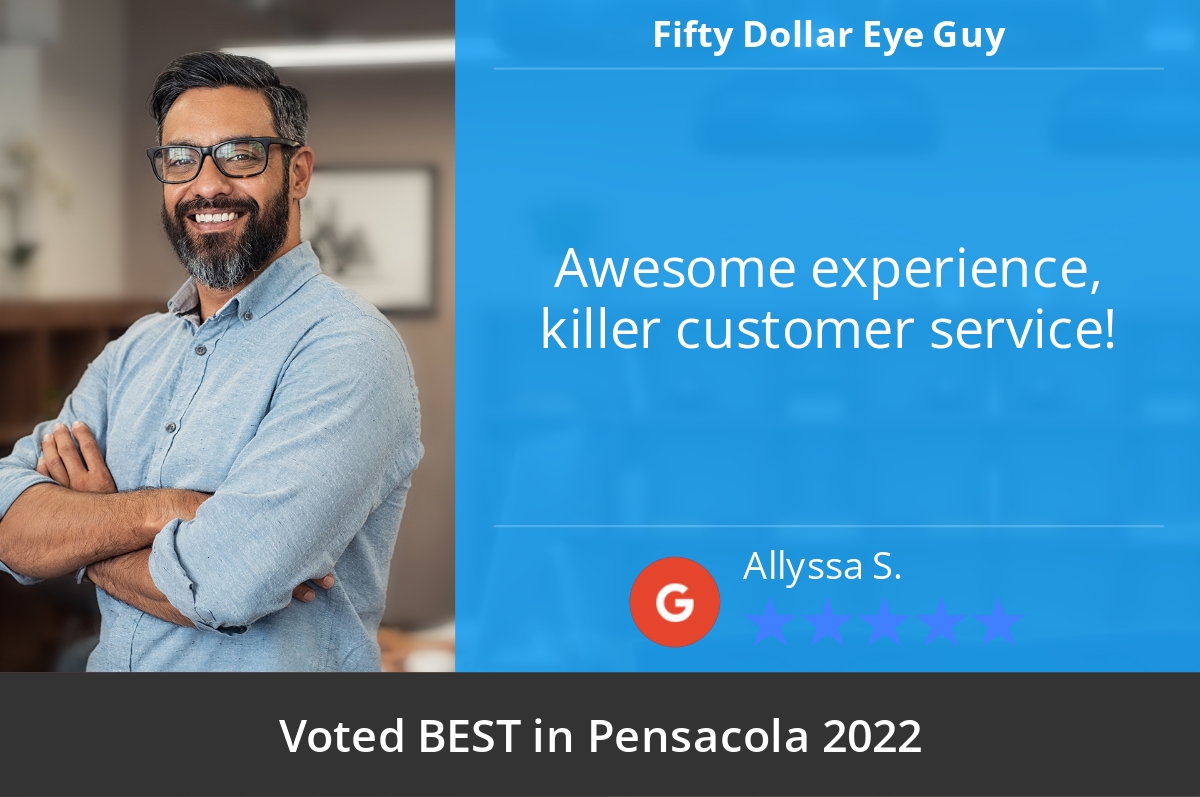
This image is property of s3.amazonaws.com.
What is Low Vision?
Low vision is a visual impairment that cannot be corrected to normal vision with regular eyeglasses, contact lenses, or medical treatment. It is typically caused by underlying eye conditions or diseases that result in decreased visual acuity, contrast sensitivity, and/or visual field loss. Low vision can range from mild to severe and can affect both children and adults.
Causes of Low Vision
Low vision can be caused by various eye conditions, many of which are age-related. The most common causes of low vision include age-related macular degeneration, glaucoma, diabetic retinopathy, cataracts, and retinitis pigmentosa. These conditions can lead to irreversible vision loss and may require low vision rehabilitation to maximize the remaining vision.
Signs and Symptoms of Low Vision
Signs and symptoms of low vision can vary depending on the underlying eye condition, but some common indicators include blurred or decreased vision, difficulty reading or recognizing faces, loss of central or peripheral vision, sensitivity to light and glare, and difficulty with depth perception. If you are experiencing any of these symptoms, it is important to seek a comprehensive eye examination and low vision assessment.
Benefits of Low Vision Rehabilitation
Low vision rehabilitation offers numerous benefits to individuals with low vision. Firstly, it can significantly improve their quality of life by enhancing their ability to perform daily activities and tasks independently. It also maximizes the use of their remaining vision and helps to reduce social isolation by increasing their confidence and allowing them to engage more fully in social interactions.
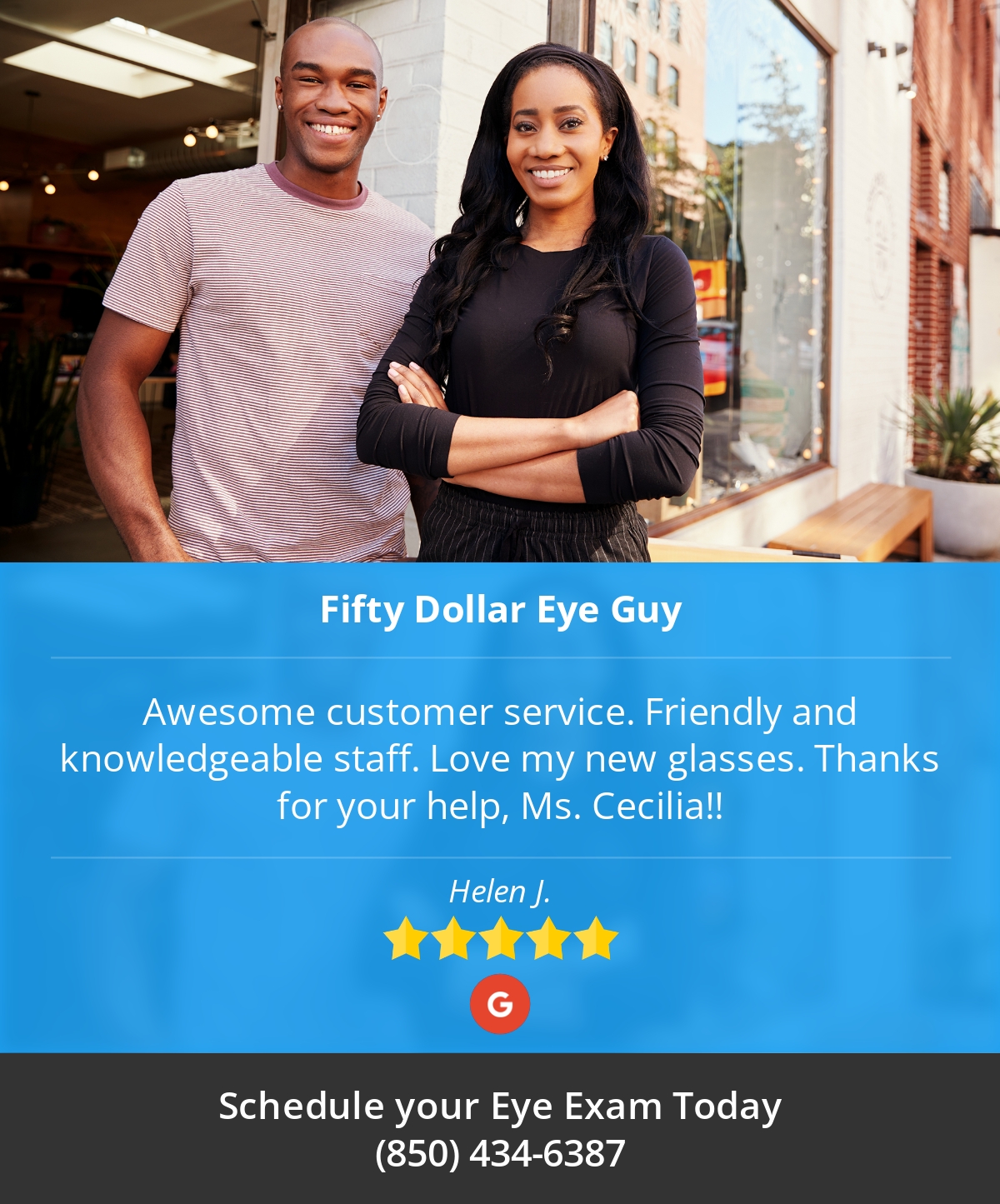
This image is property of s3.amazonaws.com.
Goals of Low Vision Rehabilitation
The primary goals of low vision rehabilitation are to optimize functional vision, improve everyday activities, promote independence and safety, address the emotional and psychological impact of low vision, and provide support and coping strategies. By working with a team of rehabilitation professionals, individuals with low vision can achieve these goals and regain control of their lives.
Types of Low Vision Rehabilitation Services
There are several types of low vision rehabilitation services available to meet the unique needs of each individual. Specialized low vision examinations are conducted to assess the level of vision loss and determine the most appropriate interventions. Low vision aids and devices, such as magnifiers and telescopes, are prescribed to enhance vision and make daily tasks easier. Orientation and mobility training helps individuals navigate their environment safely, while counseling and emotional support address the psychological impact of low vision. Assistive technology, adaptive daily living skills training, and educational and vocational support are also available to promote independence and maximize potential.
This image is property of lh3.googleusercontent.com.
Assessment and Evaluation for Low Vision
To determine the most effective low vision rehabilitation interventions, a comprehensive assessment and evaluation is necessary. This includes a comprehensive eye examination to evaluate the overall eye health and visual acuity, as well as a visual function evaluation to assess contrast sensitivity, visual field, and other visual functions. A functional vision assessment is conducted to evaluate the impact of low vision on activities of daily living, and a review of medical history helps identify any underlying conditions that may be contributing to the low vision.
Customized Treatment Plans
Once the assessment is complete, a customized treatment plan is developed to address the specific needs and goals of the individual with low vision. This involves collaborative goal-setting to ensure the individual’s input and preferences are considered. Individualized therapy programs are then created, incorporating various low vision rehabilitation services, such as low vision aids and devices, orientation and mobility training, counseling, and assistive technology. Rehabilitation team coordination ensures a holistic approach to care, and regular follow-up and progress monitoring allow for modifications and updates to the treatment plan as needed.
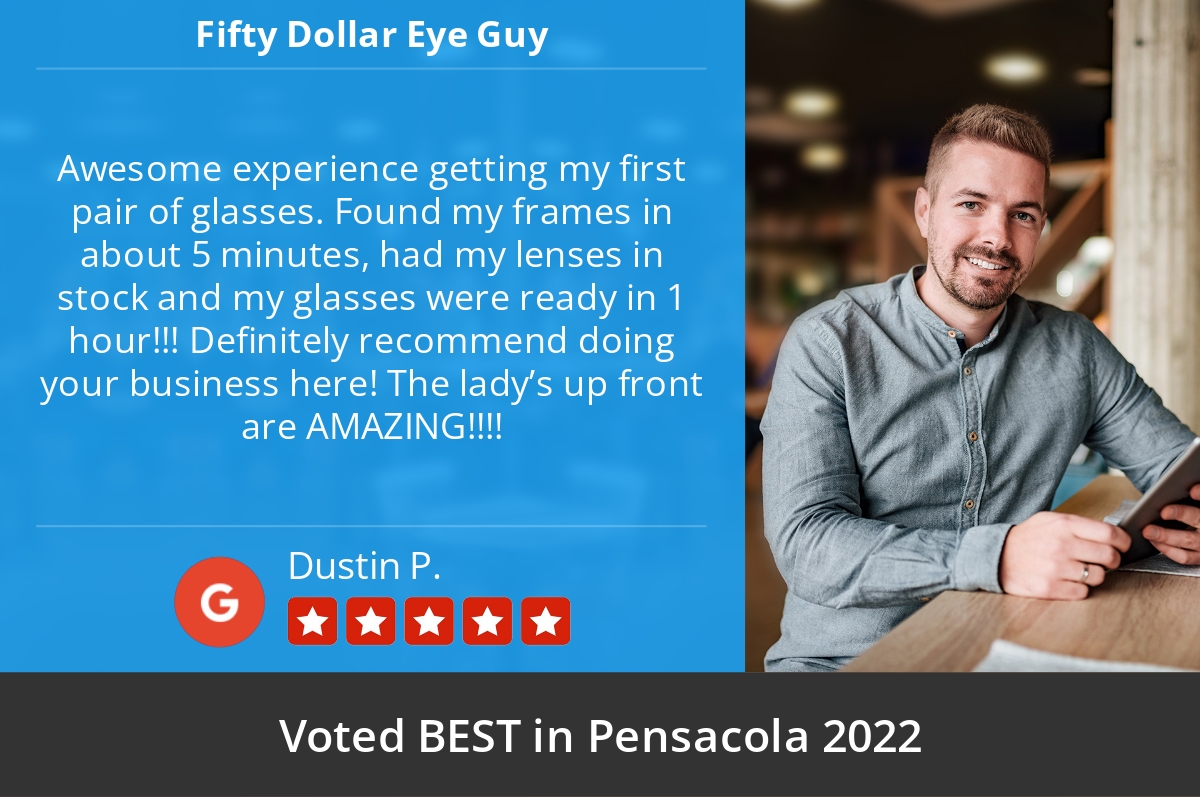
This image is property of s3.amazonaws.com.
Visual Aids and Devices
One of the key components of low vision rehabilitation is the use of visual aids and devices. These tools are designed to enhance vision and make daily tasks easier for individuals with low vision. Various types of magnifiers, telescopes, filters, and electronic devices are available, and the appropriate ones are prescribed based on the individual’s specific needs and preferences. Visual aids and devices can be used for reading, writing, watching television, recognizing faces, and performing other activities of daily living.
Training and Education for Independent Living
In addition to enhancing vision through visual aids and devices, low vision rehabilitation also focuses on training and education for independent living. This includes orientation and mobility skills training to help individuals navigate their surroundings safely and confidently. Kitchen and cooking techniques are taught to enable individuals to prepare meals independently, while personal care and grooming skills training enhances self-care abilities. Money management and organization skills, as well as knowledge of community resources and support, are also part of the training and education provided in low vision rehabilitation.
In conclusion, low vision rehabilitation is a comprehensive approach to address the challenges faced by individuals with low vision. Through specialized examinations, customized treatment plans, and various rehabilitation services, individuals can experience improved quality of life, enhanced independence, and maximized use of their remaining vision. If you or someone you know is living with low vision, seeking low vision rehabilitation services such as those offered by 50 Dollar Eye Guy can make a significant difference in their daily lives.
This image is property of lh3.googleusercontent.com.
